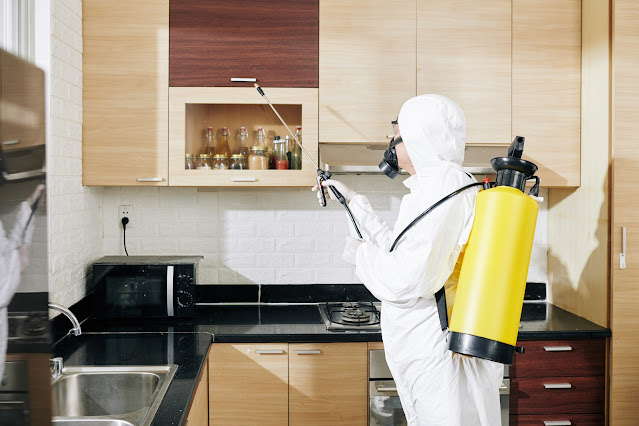Urbanisation, coupled with environmental factors, has intensified the prevalence of pests in both residential and commercial settings.
Understanding the dynamics of pest infestations and the measures in place to control them is crucial for maintaining public health and property integrity.
The Urban Pest Challenge
Urban areas in Malaysia face unique pest challenges due to dense populations, construction activities, and waste management issues. Common pests include:
- Termites: Known as "silent destroyers," termites can cause significant structural damage to buildings by feeding on wood and cellulose materials.
- Cockroaches: These pests thrive in warm, moist environments and are often found in kitchens and bathrooms. They are known carriers of diseases such as salmonella and gastroenteritis.
- Rodents: Rats and mice are not only a nuisance but also pose health risks by spreading diseases and contaminating food sources.
- Bed Bugs: These nocturnal insects feed on human blood, leading to itchy bites and potential allergic reactions. They are notoriously difficult to eradicate once established.
- Ants: While often considered minor pests, certain ant species can cause structural damage and contaminate food supplies.
The proliferation of these pests is exacerbated by factors such as inadequate waste disposal, poor building maintenance, and the high mobility of urban populations.
Regulatory Framework and Professional Standards
Malaysia has established a comprehensive regulatory framework to govern pest control activities. The Pesticides Act 1974 serves as the principal legislation, overseeing the registration, importation, and usage of pesticides.
Complementing this, the Pesticides (Pest Control Operator) Rules 2004 mandate that all pest control operators obtain proper licensing and adhere to safety protocols.
The Pest Control Association of Malaysia (PCAM) plays a pivotal role in upholding industry standards. It advocates for the certification of pest control personnel through the Pesticide Applicators License (PAL) and Assistant Pesticide Applicators License (APAL) programs, ensuring that practitioners are well-trained and knowledgeable about safe pesticide application.
Challenges in Pest Management
Despite regulatory measures, the pest control industry in Malaysia faces several challenges:
- Insecticide Resistance: Overuse and misuse of pesticides have led to increased resistance among pest populations, particularly in species like German cockroaches and bed bugs.
- Workforce Shortages: There is a notable shortage of skilled personnel in the pest management sector, which hampers the industry's ability to meet growing demand.
- Environmental Concerns: The environmental impact of chemical pesticides has prompted a shift towards more sustainable and eco-friendly pest control methods.
- Public Awareness: A lack of public knowledge about pest prevention and control contributes to the persistence and spread of infestations.
Innovative Approaches and Future Directions
To address these challenges, the industry is exploring innovative strategies:
- Integrated Pest Management (IPM): This holistic approach combines biological, cultural, physical, and chemical tools to manage pests in an environmentally and economically sustainable manner.
- Technological Advancements: The adoption of smart detection systems and data analytics enhances the efficiency and effectiveness of pest monitoring and control efforts.
- Public Education Campaigns: Raising awareness about pest prevention and control through community outreach programs can empower individuals to take proactive measures.
- Research and Development: Ongoing research into alternative pest control methods, such as biological control agents and pheromone traps, offers promising avenues for sustainable pest management.
Conclusion
Pest control in Malaysia is a multifaceted issue that requires coordinated efforts from regulatory bodies, industry professionals, and the public.
By embracing innovative strategies and fostering a culture of awareness and responsibility, Malaysia can effectively manage pest challenges and safeguard public health and property.

